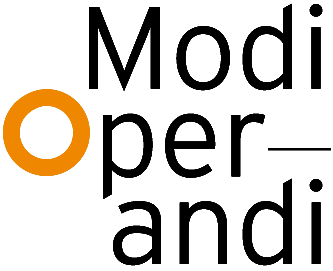POSITIONING
In this paper, earth magnitude is defined as a hyperobject filled with energy and activity and that is massively distributed in time and space. The sensors of the IMS expose earth’s atmosphere as filled with anthropogenic human activity and the earth itself as filled with geological-time seismic activity. Moreover, earth magnitude encourages us to think at the true extend of earth’s range, from its core to outer space, and beyond the human perspective. It is the notion of the sensor that allows us to perceive the dense energies and activities at earth magnitude. These sensors constitute a specific spatial and architectural reality in the critical zone and introduce the idea of the territory as a sensing device.
Thinking at earth magnitude in architectural production allows us to create an architectural project that is not limited by traditional human perspective. It opens up our thought to the true extend of earth’s range and encourages us to position an architectural project in a dense hyperobject that is beyond the human. Thinking at earth magnitude allows us to connect an architectural project to entities and energies we are generally not aware of and provide a new scale for thinking about architecture. Moreover, thinking at earth magnitude is related to relatively new philosophical thinking where the human perspective is no longer privileged and human activity is seen as a geological force of the Anthropocene. This places the project in a contemporary philosophical debate about our relationship to the planet.
Our contemporary world is filled with sensors, from weather stations to satellites and the seismic and infrasound monitoring stations. The sensor forms a very spatial part of our environment; however, they are often overlooked in architectural discourse and production. The sensor generates new types of spatial components and architectural manifestations as a result of our contemporary reality. By taking the sensor and their spatial components highly serious, a new kind of departure point for an architectural project in the Borders & Territories design studio can be laid out. In our ever growing world of sensors and data, such a project would deal with contemporary and further emerging conditions, contribute to a field of experimental architectural production and makes us aware of the impact and scale of sensing at earth magnitude. By mapping out the sensors in the critical zone, the spatialization of the sensor and the territory as a sensing device can be revealed.
